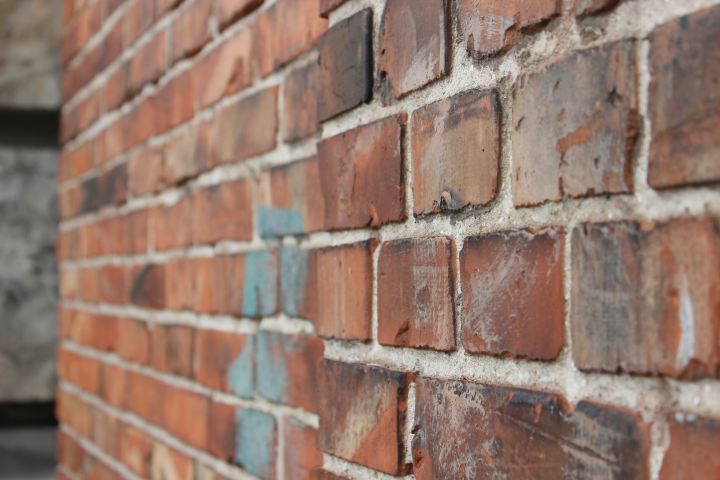
What is rendering?
Getting your home rendered is a brilliant way to save money on your bills or add value to your property, but what is ‘rendering’ and what does it actually do? You may have heard of ‘pebble dashing’ or ‘brick-end’ renders, but there’s much more value to rendering a property than simply the finish. We offer all kinds of rendering finishes on our projects to make sure your property looks and feels the way it should, but what’s going on underneath?
Rendering a property is the adding of thermal boards and aesthetic finishes to the outside of the building. To see how rendering can improve the look of a property, check out our before and after gallery.
Below, we break down the basics of the two major styles of rendering, and let you know the pro’s and con’s of each. If you’re still not sure which option is best for you, it’s always best to get in touch for your free consultation, where we’re happy to answer any questions you might have!
Full EWI Rendering System aka ‘thermal render’
This system is the most practical and beneficial option when looking to render a property. Thermal insulation boards are added to the outside walls of the property, then a re-enforced render mesh-cloth – sometimes referred to as a ‘skrim’ coat or ‘anti-crack system’ – is placed on top. The thermal boards are what differentiates this system from other rendering techniques, as it leaves your home with increased insulation as opposed to simply being an aesthetic difference. The mesh-cloth gives your render sustainability, meaning you shouldn’t have to re-paint or provide regular upkeep to the appearance of your home for up to 15-20 years.* After this layer, a top coat is added and the finishing touches are placed on the render. It is at this stage that your finish would be applied, and your property will take on a new design chosen by you (or a finish to match its original beauty if you’d prefer!).
Benefits include:
- Upgrades thermal performance (which means better EPC rating / U Value)
- Protects the fabric of the building
- Retains heat
- Reduces energy bills
- Improves the aesthetics of your home
- Higher U-value + improved aesthetic = increased property value!
Render-Only System
This system is similar to a full EWI (or ‘thermal’) render, with one significant difference. This render does not include the thermal insulation boards. This means that a render-only system is often chosen by homeowners who would like to update the look of their home without adding insulation.
Benefits include:
- Initially cheaper to install than a full EWI system
- Improves the aesthetic of your home
Why this might not be right for you:
- No increased U-Value
- No energy bill reduction or added insulation
- Property value may not increase as dramatically as with a full EWI (‘thermal’) system
Maintenance-free Rendering Systems
All our rendering systems are maintenance-free – thanks to our re-enforced render mesh cloth – meaning you should expect approximately 15-20 years without having to work on the aesthetic of your home.*
We are a Johnstone’s approved applier, and so our rendering products are of an outstanding quality. We also pride ourselves on offering top-level services to make sure your home is rendered the way it should be.

*this period is an estimate based on previous clients and product information, and will vary with each property.


